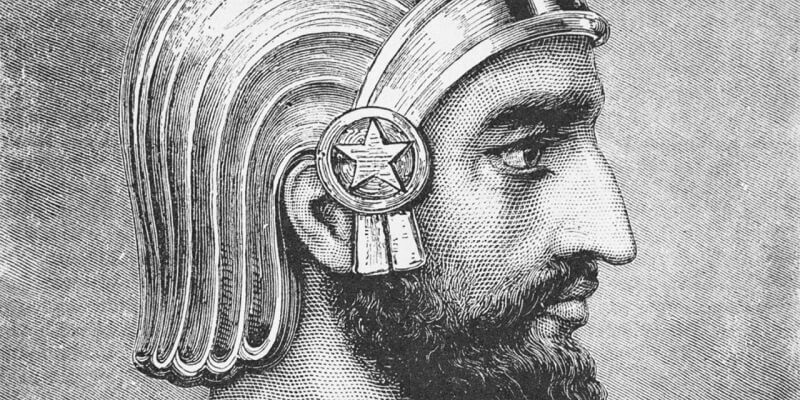
Cyrus II, later known as Cyrus the Great, was the founder of the Achaemenian dynasty and the Persian Empire and the father of a nation called Iran. He created the Achaemenid Empire as the dominant ruler of Greater Iran, much of Mesopotamia, the Near East, Egypt, northwest India, and parts of Central Asia. His impact on the birth of the Iranian/Persian national identity is well-established, making him an integral part of the History of Iran.
Etymology, What Does Cyrus Mean?
The name “Cyrus” has a rich historical and linguistic heritage that traces back to ancient times. Its origins are believed to be rooted in Persian and more broadly in the Indo-European language family. The most widely accepted theory suggests that “Cyrus” is derived from the Old Persian name Khur, which means “sun.” This connection symbolizes brightness and light, reflecting the revered status that the sun held in many ancient cultures, particularly among the Persians.
Additionally, some scholars propose that the name may have ties to the Babylonian word kur, which means “to be strong” or “to possess power.” This interpretation aligns with the historical figure Cyrus the Great, the founder of the Achaemenid Empire, who is often celebrated for his remarkable leadership and military prowess.
Cyrus in Religious Texts
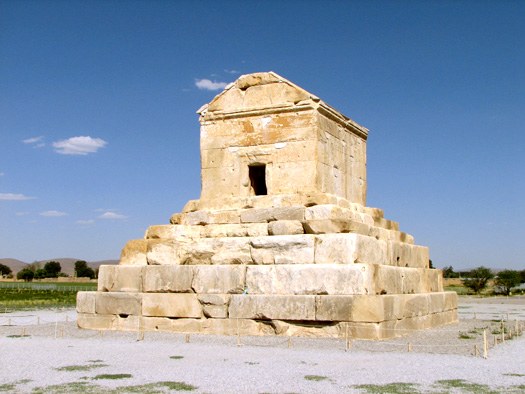
Cyrus has been mentioned in the Rabbinic literature because of his role in freeing Jewish slaves and decreeing their return to Jerusalem after the Babylonian exile. In some Jewish literature, he is seen as a sort of messianic figure.
In the Bible
Isaiah: The prophet Isaiah mentions Cyrus by name in several passages, notably in Isaiah 45:1, where he is referred to as the Lord’s “anointed.” This designation highlights Cyrus’s unexpected selection by God to fulfill His purposes. Isaiah foretells that Cyrus will conquer Babylon and enable the return of the Jewish exiles to Jerusalem, marking a pivotal moment in Jewish history. This prophecy is significant as it illustrates the belief that God can use foreign leaders to accomplish divinely ordained tasks.
Ezra and Nehemiah: The books of Ezra and Nehemiah recount the history of the Jews returning to their homeland after the Babylonian exile. In Ezra 1:1-4, it is documented that Cyrus issued a decree allowing the Jews to return to Jerusalem and rebuild the temple. This decree not only facilitated the restoration of their religious practices but also signified a broader restoration of their identity and autonomy, following decades of captivity.
2 Chronicles: The narrative in 2 Chronicles 36:22-23 echoes Ezra’s account and reinforces Cyrus’s role as a liberator. The text emphasizes Cyrus’s approval of the reconstruction of the temple, expressing the fulfillment of God’s promise to restore His people.
In the Quran
Zul-Qarnayn: The Quran narrates the story of Zul-Qarnayn in Surah Al-Kahf (18:83-98), describing him as a great ruler who traveled extensively and encountered various people. The identity of Zul-Qarnayn has been a topic of scholarly debate, with many Islamic commentators associating him with Cyrus the Great due to his remarkable achievements and the extent of his empire. This connection highlights his role as a just and powerful ruler who engaged with various nations.
Dynastic History
In the Pasargade inscriptions, the lineage of Cyrus is documented as “Kuruš, the great king, son of Kambūjiya the king, an Achaemenid”. He was the rightful heir to both the Anshan and Medes kingdoms. The Anshan and Medes had ruled over the lands for generations, making his rise to power seemingly inevitable.
Early Life of Cyrus
Kuruš (Cyrus II) was born around 600 B.C.E. to Cambyses I, the king of Anshan, and Mandana, the daughter of Astyages, the ruler of the Medes Empire. According to Herodotus, Astayages had a dream vision that his grandson would take his place. He ordered the murder of the infant Cyrus but Mithradates who was tasked with the deed refused to do so and raised the child as his own.
Eight years later, Astyages discovered that Cyrus was still alive. Mithradates sent the child to Persia where his parents were, and he grew to be a charismatic leader with insight to both Medes and Persian culture, leading to his eventual rise to power.
Rise And Military Campaigns
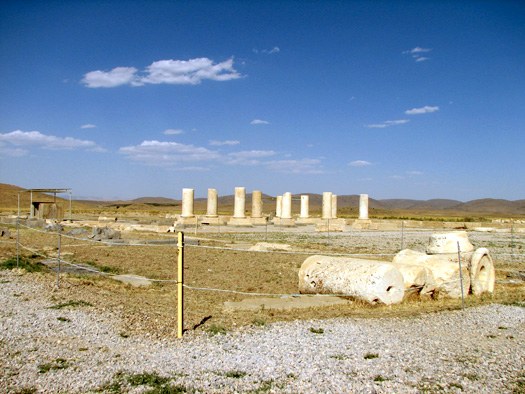
After his return to Persia, Cyrus gathered support from the disenfranchised Persian nobles and tribal leaders to prepare for the overthrowing of Astyages and Medes’ dominance.
Rise to Power and Conquest of Media (550 B.C.E.)
- Background: The Medes were a significant power in the region, and Astyages was Cyrus’s grandfather. Following Cyrus’s upbringing in Persia, he aimed to challenge Median dominance.
- Revolt: Cyrus garnered support from Persian nobles who were discontent with Median rule. He launched a revolt against Astyages, leading to a decisive battle.
- Outcome: The defeat of Astyages resulted in the unification of the Persians and Medes under Cyrus’s rule, marking the establishment of the Achaemenid Empire.
2.Conquest of Lydia (547 B.C.E.)
- Background: Lydia, ruled by King Croesus, was known for its wealth and military power.
- Campaign: After initial encounters and strategies to test Lydia’s defenses, Cyrus engaged Croesus in battle. The decisive battle took place at the River Halys.
- Outcome: Croesus was defeated, and Lydia fell under Persian control. This conquest brought vast wealth into the Persian Empire and further extended Cyrus’s influence in Asia Minor.
3.Conquest of Babylon (539 B.C.E.)
- Background: Babylon was the jewel of the Neo-Babylonian Empire, known for its formidable defenses and cultural significance.
- Siege and Strategy: Cyrus devised a clever strategy to divert the Euphrates River, allowing his army to enter the city through the dry riverbed during a festival when the Babylonians were unprepared.
- Outcome: The city was taken with minimal resistance, and Cyrus was welcomed as a liberator. He issued an edict that allowed exiled peoples, including the Jews, to return to their homelands, enhancing his reputation.
4.Conquest of the Persian Gulf Region (Including parts of Elam)
- Campaigns: Following his successful conquests, Cyrus secured control over the Persian Gulf regions, which involved subduing various local tribes and consolidating power.
- Outcome: This consolidation helped secure trade routes and resources, expanding the economic reach of the Achaemenid Empire.
Two Major Accomplishments of Cyrus the Great
The reputation of Cyrus the Great is due to two major accomplished tasks he had brought to reality:
He changed the small country of Persia to a powerful empire in a vast territory. No other government had reached this level of authority in the world till then.
His ethical values made him a well-behaved emperor with humble policies and favorable methods by which he treated the conquered nations.
The world was dominated by brutal arrogant rulers who didn’t care about their nations’ rights. They oppressed everyone with sheer rigidness to put awe in their hearts. Cyrus changed all such mannerisms.
When the final years of Medes’ domination were accompanied by oppressing people and treating them unfairly, the level of injustice was so high and suppression so severe that Median people had no choice but to wait for someone to save them from their brutal ruler. Cyrus turned out to be this savior character. When he came to power, the new situation couldn’t corrupt him and make another monster out of him. Instead, he won lots of hearts and gained many nations’ respect for his mannerisms. Cyrus united Medes with the Persians.
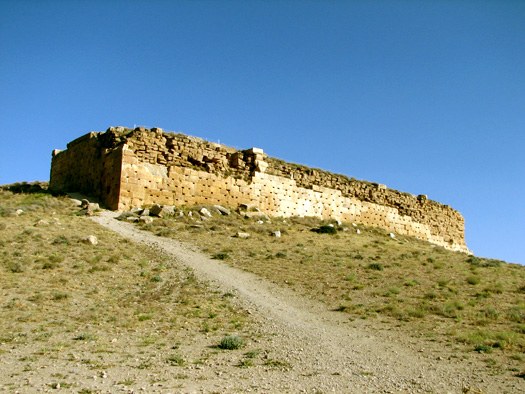
The Policies of Cyrus the Great
He mainly focused on bringing peace, security, understanding, respect for others’ opinions, and justice to his empire. He deeply influenced the civilization in the world of his time with positive impacts. The century in which he established the Achaemenid Empire became the golden era of world history and the century of creating arts and cultures. Subsequently, he brought about the acceleration in the evolution of human societies and the development of ethical values, civilizations, and human rights.
Strive for Tolerance and Peace
Cyrus the Great is well known for his policy of tolerance and respect. When Cyrus defeated Croesus, the last king of Lydia, he ordered him to be saved, not killed, and made him an advisor for his empire. He conquered Babylonia without a fight. He respected the hand-made gods of all conquered nations even though he believed in an unseen God. He went further and even helped the followers of other religions to rebuild their temples and take back their gods to their worshipping places. Historians and the Old Testament have recorded the way he treated captivated Jews forever.
Cyrus allowed the nations under the Persian Empire to keep their religions, traditions, dress codes, language, etc. He didn’t force the ideas, rituals, and beliefs of Persians on the rest of the world. However, today we see that there are lots of powerful influences of Persian culture outside the present boundaries of Iran in a vast area.
The mighty rulers before him used to build minarets out of people’s heads and create heaps of corpses to demonstrate their power to the subject nations. They burned the people alive in the fire, gouged their eyes, cut their tongues, and boasted of the number of young girls and women imprisoned and taken away by their brutal soldiers. On the contrary, he didn’t carry out bloodshed, plunder, brutality, etc to prove his power. He established a government that tried hard to find unity and peaceful coexistence among nations from India to the Mediterranean Sea. To win people’s support, he used a different policy: He supported their rights, promoted justice, and worked for their prosperity.
Death of Cyrus
The exact circumstances of Cyrus’ death remain obscure. Cyrus was buried in a simple yet imposing tomb located in Pasargadae, the capital he established.
Military Campaign in Central Asia
At the time of his death, Cyrus was engaged in a military campaign against the Massagetae, a nomadic tribe located in the Syr Darya River, what is now eastern Iran and Turkmenistan. The campaign was aimed at expanding his empire further into Central Asia.
Battle of the Massagetae (December 530 B.C)
According to historical sources, particularly Herodotus, the encounter with the Massagetae was intense. The Massagetae were led by their queen, Tomyris, who reportedly sought revenge against Cyrus for the death of her son, who had been captured and killed by Cyrus’s forces.
The battle culminated in a significant confrontation, where Cyrus’s forces faced fierce resistance. Reports suggest that he was heavily outnumbered, and in the heat of battle, he was either killed by a Massagetae warrior or died due to wounds sustained in combat. The ancient texts offer varying accounts, and some narratives describe that after the battle, his body was found and eventually returned to his people.
The Legacy of Cyrus the Great
After the death of Cyrus the Great, Pasargadae, his capital city, wasn’t the capital anymore. Yet, it kept its significance among the succeeding Achaemenian kings. They held their coronation ceremonies there first and paid their respects to him as the founder of the dynasty. Then, they went to Persepolis to keep up with their festivities.
He built the first series of Achaemenian palaces in Pasargadae, planned and built the first examples of Persian gardens there, and planned water channels and basins along the ducts there. We see the same style of parks and gardens made in Iran using the same plan.
Without Cyrus the Great, there wouldn’t be any nation called Persia and later Iran. He united different ethnic groups via mutual respect and humanitarian support under one flag. He taught everyone that tolerance and kindness are more powerful than any other weapon.
Even until the 20th century, all dynasties in Iran tried to connect themselves somehow, through bloodline, etc, to Achaemenians and Persian Emperors. He’s the author and father of Iran. He’s the source of pride for everyone in Iran.






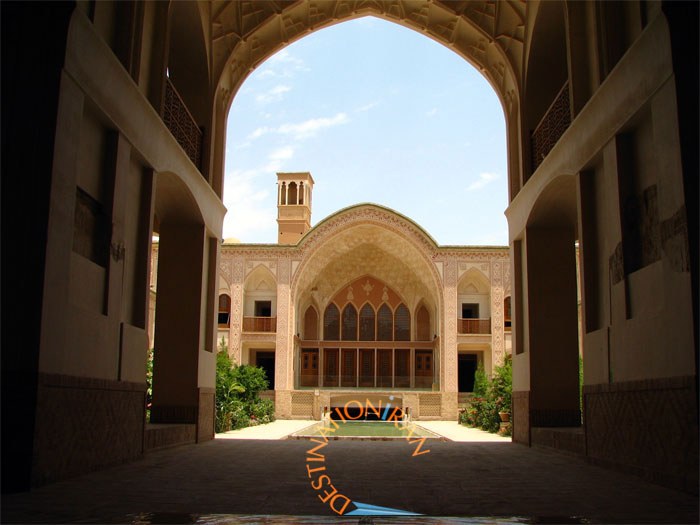

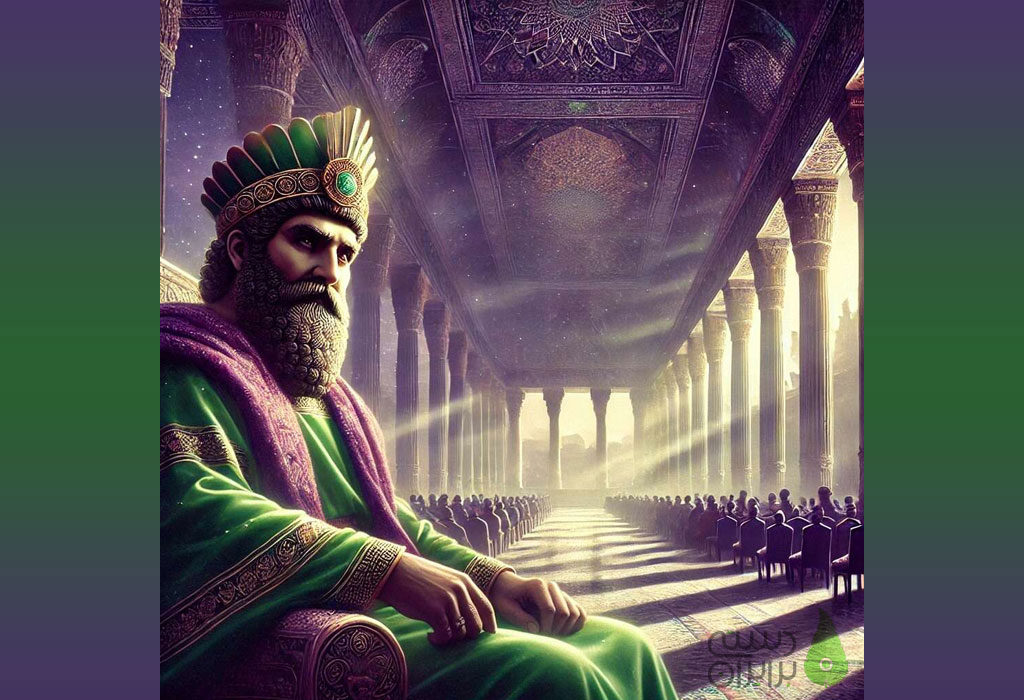
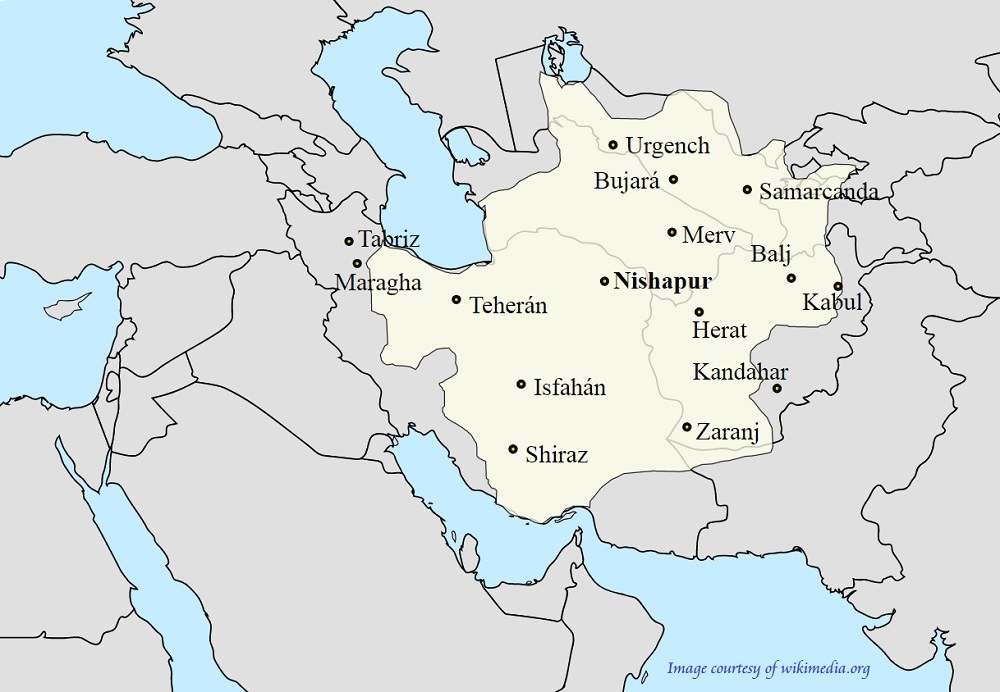
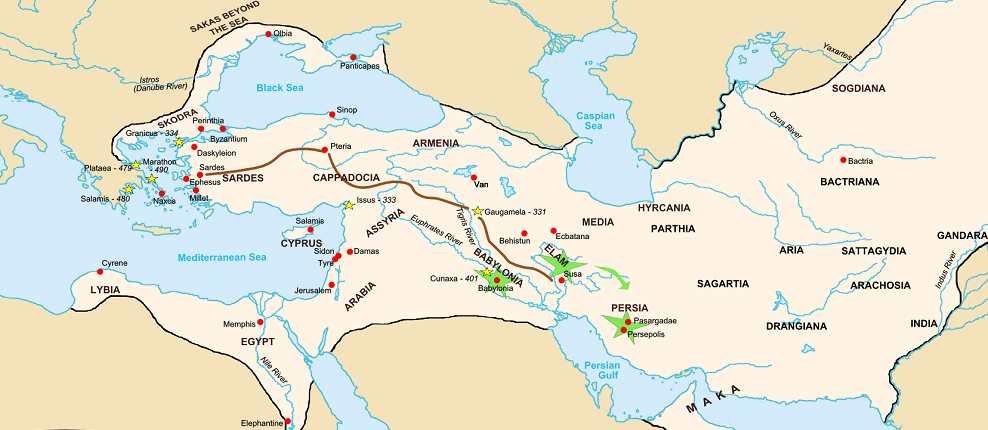
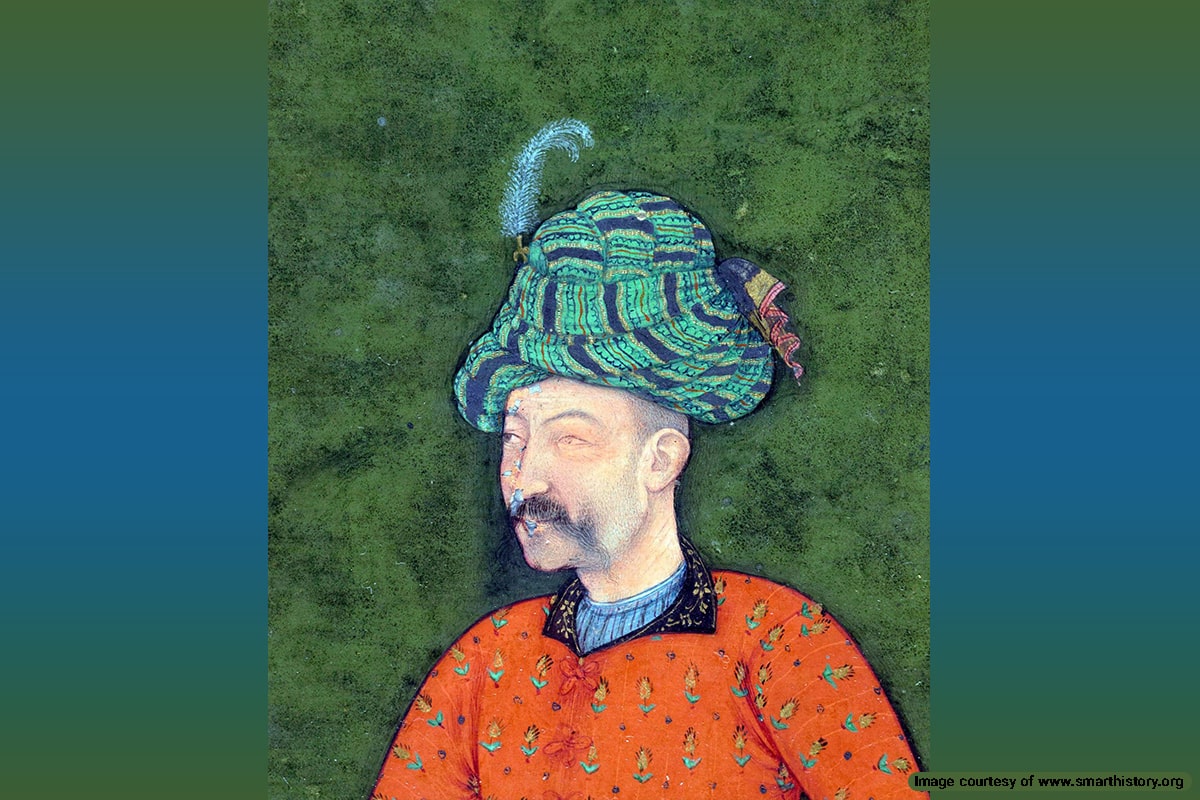


Rahman — Of course, Persia has long been recognized as one of the cradles of civilization. It’s so important for us as members of a global community to recognize and revere those who shaped our society.
Thank you Jeannette. I appreciate your nice words about Iranian civilization. My efforts are all focused on providing some information about it so that people could be reminded of it once again.
Great read as always!
Thanks Becky. I’m happy you like my posts.
Interesting, very interesting. I´m in a process of knowing better the Iran as a country and as a civilization and also the Iran people. In western world we need to understand better your world…..we do need to make that effort.
Thanks Ana. I believe the main purpose of tourism could be providing a situation in which people get to know each other better.
I’m happy this post has helped you find out a few points about Iran.